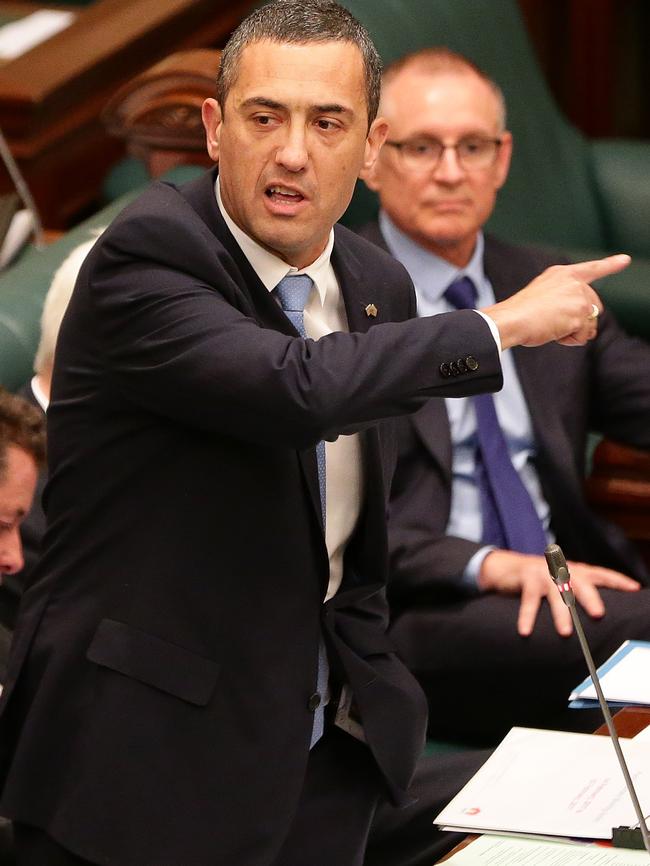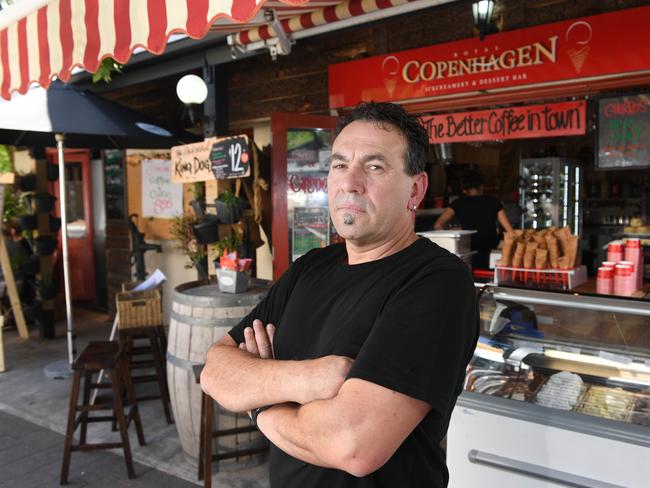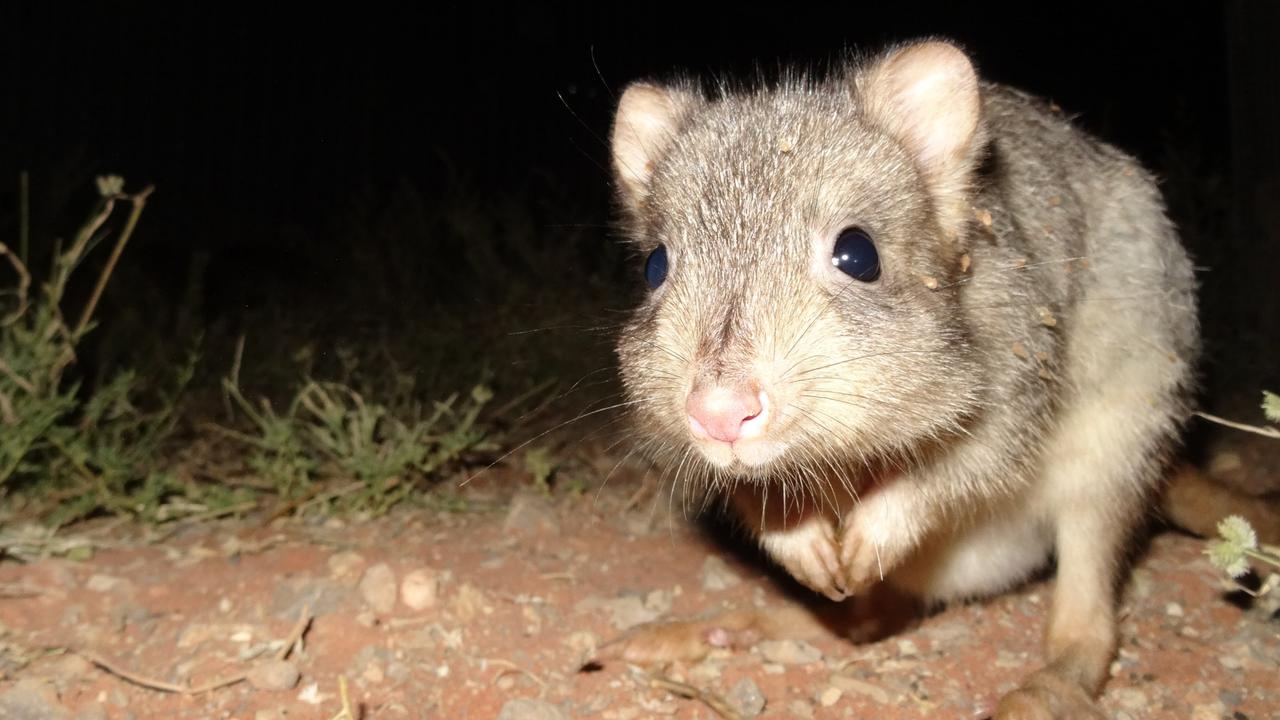AEMO report on heatwave rolling blackouts reveals low wind power, inability to turn on gas-fired Pelican Point led to power cuts
SA’s power distributor has made an embarrassing apology, admitting a bungle cut electricity to 60,000 customers who shouldn’t have lost power during last week’s heatwave blackout.
SA News
Don't miss out on the headlines from SA News. Followed categories will be added to My News.
- AEMO: Read the full report here
- ARTWORKS: But SA Power Networks has cash for sculptures
- THE FALLOUT: Blame game begins as dramatic overhaul vowed
- ANALYSIS: The bitching behind SA’s power crisis
- GETTING WORSE: Massive power shortfalls predicted next summer
SOUTH Australia’s power distributor has made an embarrassing apology after it admitted a bungle cut electricity to 60,000 customers who shouldn’t have lost power during the blackout in last week’s heatwave.
SA Power Networks on Wednesday revealed a computer fault cut power to two-thirds of the total 90,000 homes and businesses that were blacked out.
The Australian Energy Market Operator also on Wednesday released its first report into the events which led to the load shedding on February 8.
The report details a series of mistakes including failure to properly predict SA’s needs as temperatures soared and over-estimating likely production from wind farms. It also reveals the operators of the gas-fired Pelican Point power plant near Port Adelaide were willing to fire up and fill the energy shortfall but were not given enough notice.
SA Power Networks late on Wednesday issued a statement apologising for the error which left a total 90,000 homes and businesses in the dark.
It said an order had been received from AEMO to begin cutting 100MW of power as the shortfall emerged, and it began to do so at about 6.40pm last Wednesday.
“Within 10 minutes our network controllers raised concerns that more load was being shed than the 86MW the load shedding system was indicating,” SAPN said.
“In response, a process for restoring power was commenced immediately.
“We have put in place steps to prevent a recurrence while continuing detailed technical investigations into why the load-shedding software did not operate correctly.
“SA Power Networks apologises to the 60,000 additional customers whose load was shed.”
The report also shows AEMO failed to predict a rapid downturn in wind power.
AEMO first raised the alarm at 3pm, seeing a likely shortfall starting from 6.30pm.
The problem was predominantly due to demand for power reaching above expectation to near-record SA highs, and wind power dwindling to just over two per cent of total output.
At that point AEMO puts a notice out to market seeking extra generation, however sources said the operator should have known that all generators able to respond were already running.
They said AEMO should have made a call to Pelican Point’s operator Engie to find out if the mothballed station could be switched on.
Engie told AEMO at 4.07pm that its Port Lincoln generators were “not available due to a communications system problem”.
Those generators could have supplied a critical 73MW if up and running.
It was only at 5.39pm that AEMO asked Engie if it could turn on a second generator at Pelican Point and was told gas was not available and there was a four-hour ramp-up time.

Two turbines at the nearby Torrens Island power station were unable to meet the shortfall.
One was running 50MW below full power due to “high ambient temperatures”.
Another Torrens Island turbine of 120MW was out as a tube leak was repaired.
Engie then told AEMO at 6.01pm that Pelican Point could be ramped up by 7pm, hit full output by 7.45pm and then continue operating for between four and eight hours.
AEMO says it determined “the unit will not be available in time to restore power system security” and begun the process which led to an order for load shedding.
State Treasurer Tom Koutsantonis said the report detailed a “litany of errors” at all levels of system management and South Australians had a right to be furious.
“The local privately owned distribution network also made an error that put people without power which was completely unnecessary,” he said.
“Thanks to the cosy little deal they got through the privatisation, there’s probably not even going to be a penalty.”
He said the case for market intervention became stronger, and SA could not be left at the whim of decisions interstate.
“We reached record demand but had local generation to meet that,” he said. “They didn’t turn it on. If that doesn’t turn South Australians white hot with rage, nothing will.”
“They didn’t turn it on. If that doesn’t turn South Australians white hot with rage, nothing will.” — Energy Minister Tom Koutsantonis
Federal Energy Minister Josh Frydenberg has also asked the energy regulator to investigate the responses of generators on February 8.
Mr Frydenberg said the report confirms the “complexity and fragility” of SA’s energy system, particularly the difficulty forecasting and managing high levels of intermittent generation.
Federal opposition energy spokesman Mark Butler said the report was clear AEMO got the weather forecast “wrong” and failed to anticipate the level of demand for electricity.
Wesfarmers chief executive Richard Goyder, the head of a conglomerate including Coles and Bunnings, said the power crisis was a massive threat to jobs and investment.
“We find some upside in some of these things, and Bunnings is selling a whole heap more generators in SA at the moment. But seriously, it’s a serious issue,” he said.

Climate Council chief executive Amanda McKenzie said AEMO did not adequately protect SA “despite many days’ notice of the looming heatwave”.
AEMO executive general manager stakeholders and information Joe Adamo said there must be a “united approach to managing the energy transition in Australia”.
“The challenges faced last Wednesday showed that we all need to adapt and evolve to manage the complexities of today’s market,” he said.
A further and more detailed report will be released by AEMO next Wednesday.
This morning Mr Adamo added: “We don’t accept we got it wrong. We don’t accept we dropped the ball”
“As the market operator, it is easy for people to point fingers and we’re just playing Russian Roulette with a bunch of switchpads, that is trivalising the incident and the professionalism of our organisation,” he told ABC Adelaide.
“Let’s be clear, the issue of demand, the issue of generation, supply adequacy, everything is being overturned in this industry. This is the reality.”


